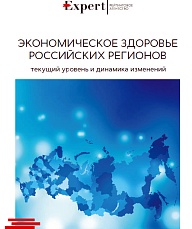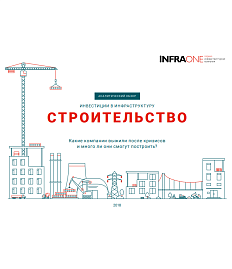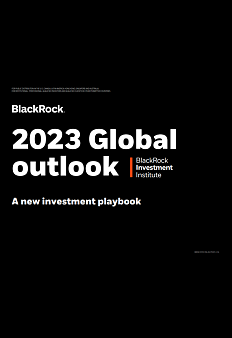Economic Health of the Russian Regions: Current Level and Changing Dynamics

The study makes it possible to differentiate Russia’s regions based on their current level of economic development (status map) and changes in the regional economy (dynamic map), i.e. it helps to visually see which regions are experiencing positive dynamics and which ones are deteriorating.
The study is based on the regional economic health index. The index is used due to a significant lag (more than a year and a half) in the time it takes to publish data on GRP (gross regional product) as well as the existence of a large array of regional data: the index uses operational (monthly) data on the situation in regions published by the Russian Federal State Statistics Service (Rosstat), the Ministry of Finance of the Russian Federation, the Russian Central Bank, and the Federal Tax Service of Russia. The index consists of three main groups of indicators that are used to assess the economic health of the population of the regions, regional business, and the consolidated budget of a region. Each group contains 3-4 key indicators.
There is currently a high degree of differentiation in the development of Russia’s regions. There continues to be a gap between the values of key metrics (the wellbeing of the population, the state of business, and a region’s consolidated budget) in regions with high and low levels of development. The current level of development is rated as high in 12 regions, above average in 20 regions, and average in 19 regions. The current level of development in 20 and 14 regions is rated as below average and low, respectively.
This year, the index values improved in the overwhelming majority of Russian regions. In particular, positive trends (i.e. a significant improvement in indicators) were seen in 29 regions, while 36 regions showed moderately positive trends. Neutral indicators were recorded in 14 regions. Moderately negative dynamics were seen in 6 regions. On results of the current year, there were no regions in which the key indicators integrally demonstrated significant negative dynamics.
Anlytics on the topic

The history of 20th century geopolitics largely centres around relations between Russia (then the USSR) and the United States. In 2012 two major figures from the world of government and diplomacy — Yevgeny Primakov and Henry Kissinger — met at the St. Petersburg International Economic Forum to discuss «Geopolitical Challenges of the 21st Century». The session was one in a series of meetings with leaders entitled «Conversations to Make a Difference».

Back in December 2013, Russian President Vladimir Putin defined the development of the Russian Far East as a national priority for the 21st century. That was the beginning of the latest chapter in the history of the region, which, since the Tsarist era, has been seen as not just Russia’s window onto Asia, but as the key to the formation of the entire Eurasian space.

In this analytical review InfraONE studies the current state of the Russian construction market as well as its key segments and players and gives a forecast of the industry’s prospects for the next few years.

Blackrock specialists in their annual review of key trends in the financial markets are looking for answers to the questions that 2022 has asked.

